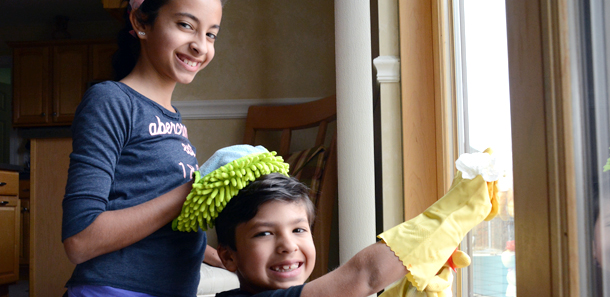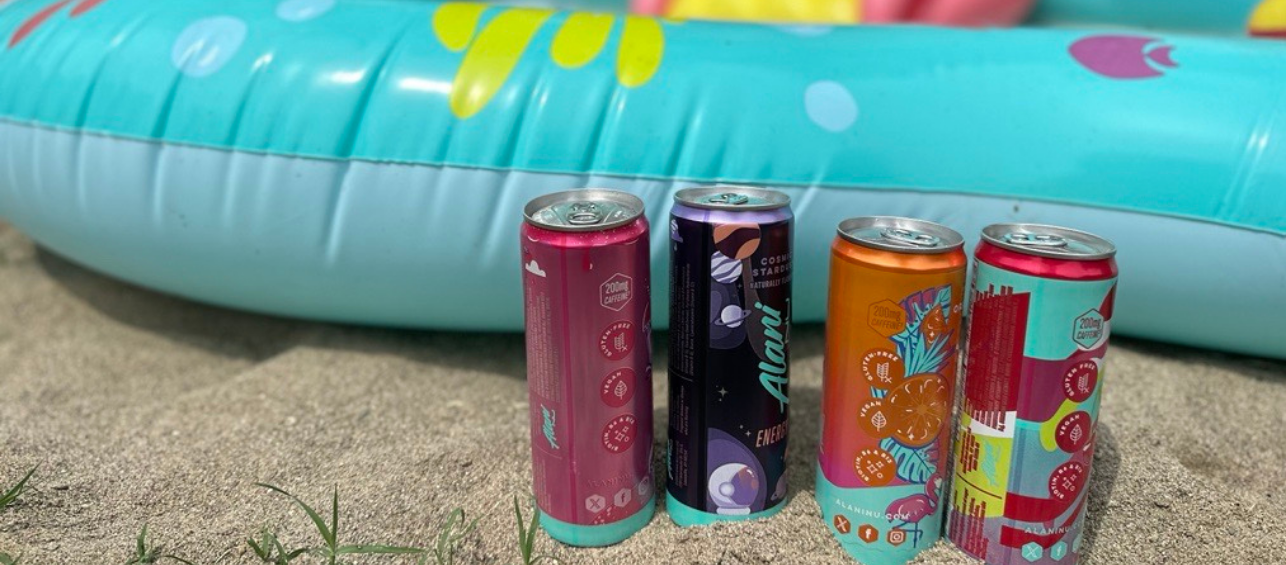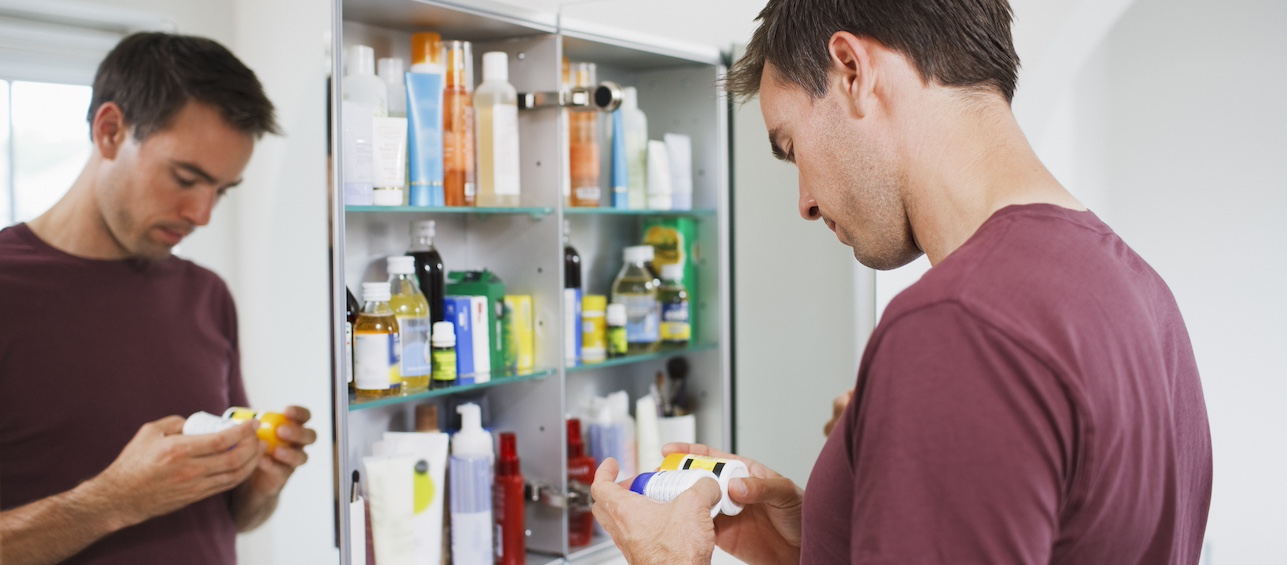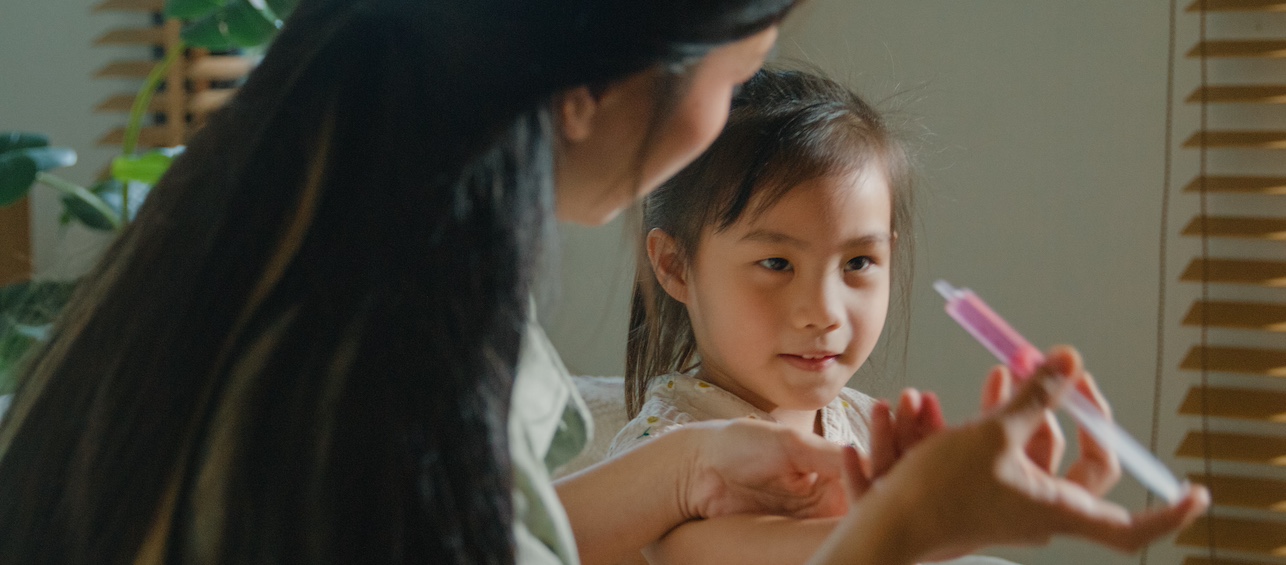For many, spring cleaning is a time to open the windows and do a little scrubbing and organizing. For others, it’s time to get the yard in shape.
Whether you’re tackling inside or outside of your home, the first day of spring is followed by Poison Prevention Week, so it’s the perfect time to share some spring cleaning precautions.
More time spent at home due to COVID-19 has caused an uptick in the number of dangerous household cleaner and hand sanitizer exposures we’ve seen in children. Poisonings are now the leading cause of death from injuries in the United States as reported by the Centers for Disease Control and Prevention, so keep these safety precautions in mind during your home improvement projects:
Spring Cleaning Safety Precautions
Read labels
Be sure to read all labels before you get started. Labels typically tell you the ingredients, directions of proper use, and what the dangers are. Some products may require a mask, gloves, safety glasses or proper ventilation during its use. It’s a good idea to keep all products in the original container so you have this important safety information readily available.
Never mix chemicals or cleaners
Chemicals have their own set of properties and aren’t meant to be mixed. Doing so could potentially create a poisonous gas that could be harmful to the body. A good example of this is when bleach and toilet bowl cleaners containing acids are mixed – they make a harmful gas called chlorine gas.
Air it out
It’s incredibly important when you’re working in an enclosed space with strong chemicals and cleaners to encourage ventilation by opening the windows and turning a fan on. It’s also imperative to read the warning labels on the package before starting. Some labels recommend wearing a mask or respirator.
Protect your skin and eyes
Some chemicals and cleaners like drain openers, toilet cleaners, rust removers and oven cleaners, can burn the skin, so be sure to wear proper gloves. If you’re using a spray bottle, you should wear a long sleeve shirt, pants, socks, shoes, safety glasses and gloves to protect yourself from a stray stream. Be sure to direct the nozzle away from yourself and other people. If you are accidentally exposed immediately begin flushing with lukewarm water, and call your Drug and Poison Information Center at 800-222-1222.
Lock it up
Many household cleaners and chemicals can be poisonous when swallowed. Be sure to lock them up out of the reach and sight of children, preferably in a high cabinet. Liquids made from petroleum such as gasoline, kerosene, charcoal lighter fluid, paint thinner, lamp oil (citronella lamp oils can look and taste like lemonade), and furniture polish are particularly dangerous.
Safely clear cabinets
If you’re aiming to clear out your medicine cabinet, be sure to keep all medicines out of the reach and sight of your children while you’re working. There are programs that will dispose of your medications for you. Contact your local pharmacy to find a local drop off location.
Be careful with pesticides
Some pesticides can be extremely poisonous. Before use make sure to read the label and wear protective clothing, gloves, safety glasses and masks. Pesticides can be absorbed through the skin or by inhalation, so it’s a good idea to steer clear of the area for at least an hour after you’ve sprayed. If a pesticide accidentally gets on your skin, immediately rinse the affected area with running water for 15-20 minutes, and call your Drug and Poison Information Center at 800- 222-1222. If the pesticide comes in contact with your clothing, take if off before rinsing your skin. Thoroughly wash the soiled clothes through a couple of wash cycles to remove any residue.
If you have any concerns while you’re spring cleaning or any other time during the year, please call your Drug and Poison Information Center at 1-800-222-1222. We can learn more about the situation, the potentially harmful exposure, and walk you through what to do next.





